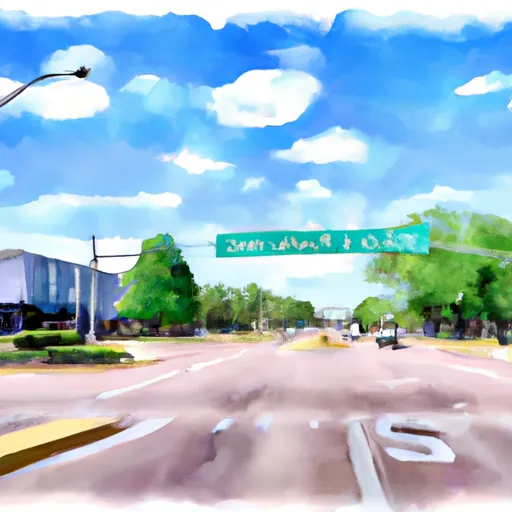°F
°F
mph
Windspeed
%
Humidity











Mississippi State, Mississippi, is located in the southeastern region of the United States. It experiences a humid subtropical climate, characterized by hot, humid summers and mild winters. Summers are long, with temperatures often exceeding 90°F (32°C), while winters are generally mild, with temperatures rarely dropping below freezing. The area receives a moderate amount of rainfall throughout the year, with the wettest months being the spring and early summer.
Hydrology constituents in Mississippi State are primarily influenced by the presence of the Mississippi River and its tributaries. These waterways provide essential resources for agricultural activities and support a diverse range of aquatic ecosystems. In addition to the river, Mississippi State is surrounded by numerous lakes, offering opportunities for fishing, boating, and other water-based activities.
Outdoor recreation enthusiasts can enjoy various activities in Mississippi State. The area is known for its excellent opportunities for hunting, with a range of game species available, including white-tailed deer, turkey, and waterfowl. The state also offers numerous parks and nature reserves that provide hiking and camping opportunities, allowing visitors to explore and appreciate the region's natural beauty.
Weather Forecast
Mississippi-State receives approximately 1413mm of rain per year, with humidity levels near 85% and air temperatures averaging around 17°C. Mississippi-State has a plant hardyness factor of 8, meaning plants and agriculture in this region tend to thrive here all year round.
Regional Streamflow Levels
960
Cubic Feet Per Second
2,950
Cubic Feet Per Second
6,680
Cubic Feet Per Second
164
Cubic Feet Per Second
Nearby Camping
| Camping Area | Reservations | Toilets | Showers |
|---|---|---|---|
| Lake Perry | |||
| Gulf Marine State Park | |||
| Cypress Creek Landing | |||
| Turkey Fork Rec. Area | |||
| Maynor Creek Waterpark | |||
| Archusa Creek Waterpark |



